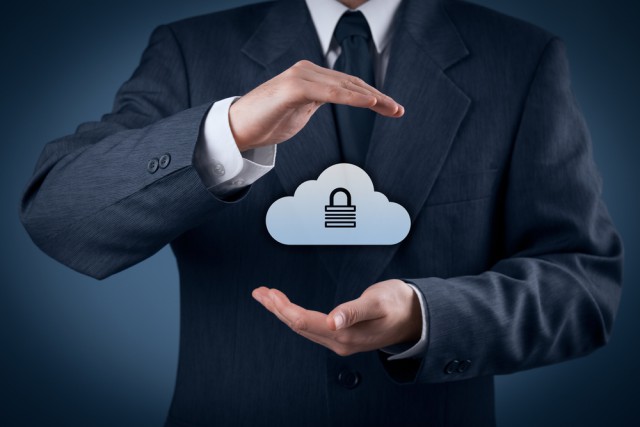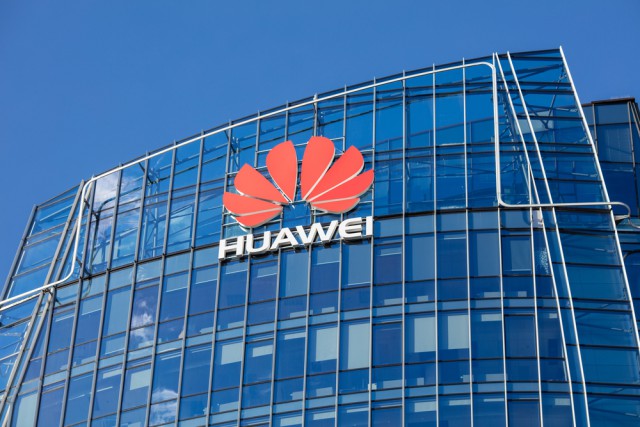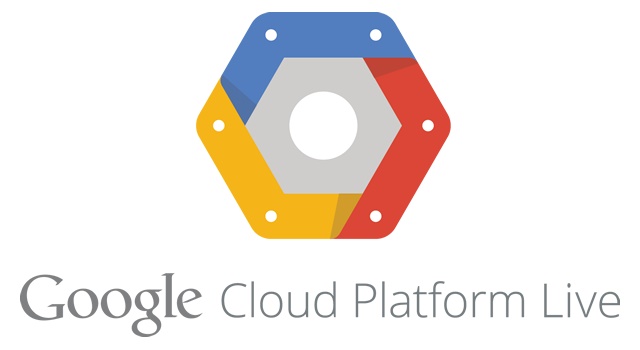
Dropbox Professional is a new business service for independent workers
Dropbox is one of my favorite cloud storage services for many reasons. As someone who uses Windows, Desktop Linux, iOS, and macOS regularly, I need a solution that works seamlessly between operating systems. Dropbox is the only major offering that meets that need. I appreciate the love and respect that the company shows to the Desktop Linux community in particular. This is something Google has famously failed to do despite maintaining two Linux distros with Chrome OS and Android, but I digress.
Today, "Dropbox Professional" launches, and no it is not a rebrand of Dropbox Business. Actually, this new "Professional" service is aimed at individual business workers. If you are in business for yourself, and not necessarily a part of a team, and still want access to business-level tools, this is for you. It comes with 1TB of storage and access to a really cool new feature called "Showcase."

FileCloud adds technology to protect customers from ransomware
Just because data is stored in the cloud rather than on in-house servers doesn’t mean that it isn’t vulnerable to cyber attacks.
Enterprise file platform FileCloud has recognized this and is building advanced ransomware protection into its latest release.

Almost half of UK infrastructure will have moved to the cloud in six months
A new survey of UK IT decision makers by cloud and network provider Interoute shows the cloud is increasingly seen as the best platform for providing scalable infrastructure.
The results reveal that businesses plan to move on average just under half (46 percent) of their infrastructure to the cloud over the next six months.

Nvidia: Internet of Things adoption will drive GPU investments
With the world around us becoming smarter and generating more data each day, there is an increasing need for greater computational power in terms of both CPU and GPU capabilities.
At the company’s GTC Europe event in Munich this week, Nvidia CEO Jensen Huang hailed the effect that advances in GPU computing are having not just across the technology industry, but the world as a whole.

73 percent of CFOs trust the cloud for financial data
Chief finance officers are becoming more confident about the use of the cloud to store their company's data according to a new survey.
The study from cloud performance management company Adaptive Insights finds that just three years ago only 33 percent of CFOs trusted the cloud for their financial data, but today 73 percent do so.

New cloud platform offers faster app development
There's increasing demand from businesses to produce apps quickly, but at the same time ensure that they are robust and reliable.
Open source web portal company Liferay is launching a cloud platform that gives developers the infrastructure, services and hosting capabilities they need to quickly build, launch and scale their applications.

Google Store flubs Pixel Product Preorders
I would like to thank Google for saving me thousands of dollars in needless spending. Near the end of today's gangbuster hardware event, I was ready to order two new Chromebooks and smartphones, one each for me and my wife. But "error 500" pages on the company's store website and long-lead new product availability dates prompted me to cancel the one order successfully made and to delete the others in process from my shopping cart.
For a company whose product managers droned on this morning about all the reasons why artificial intelligence is so right, Big G got the store selling experience all wrong. I have waited through most of 2017 for a new Google-branded Chrome OS laptop. While hardly a fresh hardware design concept, Pixelbook is nevertheless tempting enough to bring me back to the AI and voice-assistant contextual future from the Apple rotting on the overly-obsessed touch-UI tree. I was willing and ready but instead walked away angry.

Oracle to add AI capabilities to cloud apps
Following the introduction of "adaptive intelligence" earlier this year, designed to improve customer experience (CX), Oracle has now introduced a new offering that builds on that idea.
During the Oracle OpenWorld event, the company announced that it will be adding its AI-powered capabilities to the bulk of its cloud applications, including Enterprise Resource Planning Cloud, Human Capital Management Cloud, Supply Chain Management Cloud, as well as the Oracle Customer Experience Cloud applications.

What is Huawei's boundless computing concept about?
In a world where more and more things are becoming smarter and more connected, the need for solid, reliable infrastructure to support this has become paramount. The HPC (high-powered computing) industry will play a vital role in providing this support, supplying the hardware needed to ensure that all the world’s vital systems remain online, all the time.
Huawei has been investing heavily in the HPC market in recent months, with the company’s standalone cloud computing division growing rapidly since its launch in 2015. However the company is now looking forward to the next step beyond, and has coined a new term to cover this -- what it calls "boundless computing."

66 percent of SMBs could go out of business following a breach
Today's threat landscape is becoming increasingly more complex and sophisticated, And all sizes of business are at risk.
VIPRE Security has released the results of a survey of 250 SMB IT managers which shows that 66 percent say they would either go out of business or shut down for a day or more if their systems and/or data were compromised.

Compuware brings mainframe development to the cloud
Many larger enterprises still rely on older, legacy systems developed in COBOL that don’t lend themselves to the latest Agile and DevOps development techniques.
Mainframe development specialist Compuware is deploying its Topaz flagship solution for mainframe Agile/DevOps on Amazon Web Services (AWS). This gives cloud access to modern mainframe development, enabling enterprises to deploy agile tools for COBOL and other legacy code bases fast.

Strategies for dramatically cutting public cloud costs [Q&A]
IT teams are increasingly moving to the public cloud for its supposed low cost and high agility. However, once implemented in their environments, people are finding public cloud to be expensive and fairly complex to manage.
We spoke to Andrew Hillier, CTO of cloud optimization analytics service provider Densify, who is all too familiar with the struggles that IT organizations face as their public cloud costs rise through the roof. Read on for his insights into strategies that organizations can implement when looking to reduce cost, risk and complexity in the public cloud.

Cloudflare adds free DDoS protection tool
In an effort to protect its users from the effects of distributed denial of service (DDoS) attacks, Cloudflare has announced that its customers will receive a new protection tool for free.
The Unmetered Mitigation feature, which will be available for both paying and non-paying users, will receive the new feature intended to protect against all DDoS attacks regardless of their scale. Company CEO Matthew Prince believes that is time for security firms to change the way they treat customers affected by an attack.

Google introduces per-second billing for Compute Engine
Google Cloud Platform has introduced per-second billing for App Engine, Cloud Dataproc, Compute Engine and Container Engine users, following a similar announcement made by rival AWS last week.
However, while Amazon's cloud arm announced that the new pricing scheme, which involves a one-minute minimum, will apply to EC2 customers starting October 2, the per-second billing on Google Cloud Platform's aforementioned cloud services is live now. Previously, customers were billed by the minute.

New platform adds self-managing storage to Azure and AWS
It's important for enterprises to correctly size their public clouds in order to control costs and optimize performance.
Cloud management company Turbonomic is using this week's Microsoft Ignite conference to announce a new version of its platform that delivers dynamic optimization and allocation of storage and relational database services.
